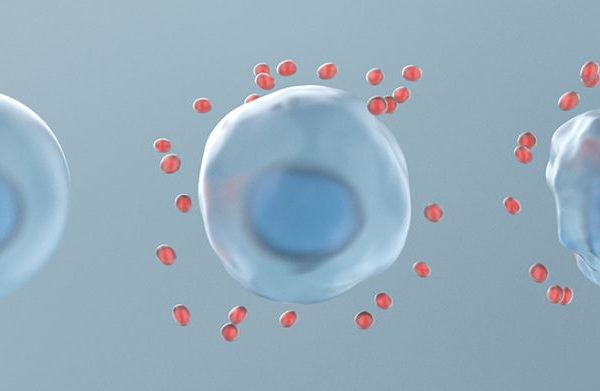
SHA Magazine Health & Beauty
Oxidative stress: main causes and how to counteract it
Oxidative stress is what happens when there are too many unstable molecules called free radicals in the body and not enough antioxidants to neutralise them. This can lead to damage to cells and tissues.
Several factors are thought to cause oxidative stress, including obesity, poor diet, smoking, consumption of alcoholic beverages, use of certain medications, exposure to environmental factors such as radiation, toxins, air pollution, pesticides and others. Chronic stressful situations and sustained anxiety also appear to play a role in creating these oxidative environments.
Long-term oxidative stress accelerates ageing and the onset of chronic inflammation, cancer and other chronic and degenerative diseases.
Oxidative stress alters cellular metabolism by oxidising the lipids, proteins, sugars and nucleic acids that regulate cell function, and can cause mutations in DNA.
The only way to counteract the action of free radicals is by counteracting this oxidative environment with the necessary amount of antioxidants, as the various vitamins, minerals and enzymes synthesised in the body from certain foods are called, and whose function is to prevent cell damage from occurring.
A diet poor in antioxidants is therefore one of the causes of oxidative stress. But so are environmental pollution, active and passive smoking, excessive exposure to sunlight, excessive alcohol consumption, the action of certain medications, exposure to toxic substances, as well as unbalanced and sedentary physical activity.
The relationship between oxidative stress and the development of degenerative and chronic diseases and tumours has been supported by major epidemiological studies, as has the benefit of antioxidant intake through diet or nutritional supplements to reduce the action of free radicals and protect us from these same diseases.
There are a variety of sources of antioxidants. Some are generated endogenously in the body, while others are found in the foods we eat or supplements we take. Antioxidants, whether natural or synthetic, can also be added to foods that typically lack them. This addition has the dual function of improving the nutritional value and prolonging the shelf life of foods, as antioxidants also prevent oxidation.
SHA Wellness Clinic has experts who will help you design an antioxidant and anti-inflammatory diet according to your needs, as healthy eating is the most effective way to get the antioxidants the body needs. Seasonal fruits and vegetables, green leafy vegetables, legumes, vegetable protein and some nuts and dried fruits such as walnuts are all useful sources of antioxidants, and will certainly be at the heart of the dietary plan that SHA’s nutritional consultants will design for you. In addition, at SHA there is a list of innovative treatments that can help counteract the effects of oxidative stress, such as Advanced Cell Regeneration therapy, Antioxidant serum therapy, ozone therapy, among others.





